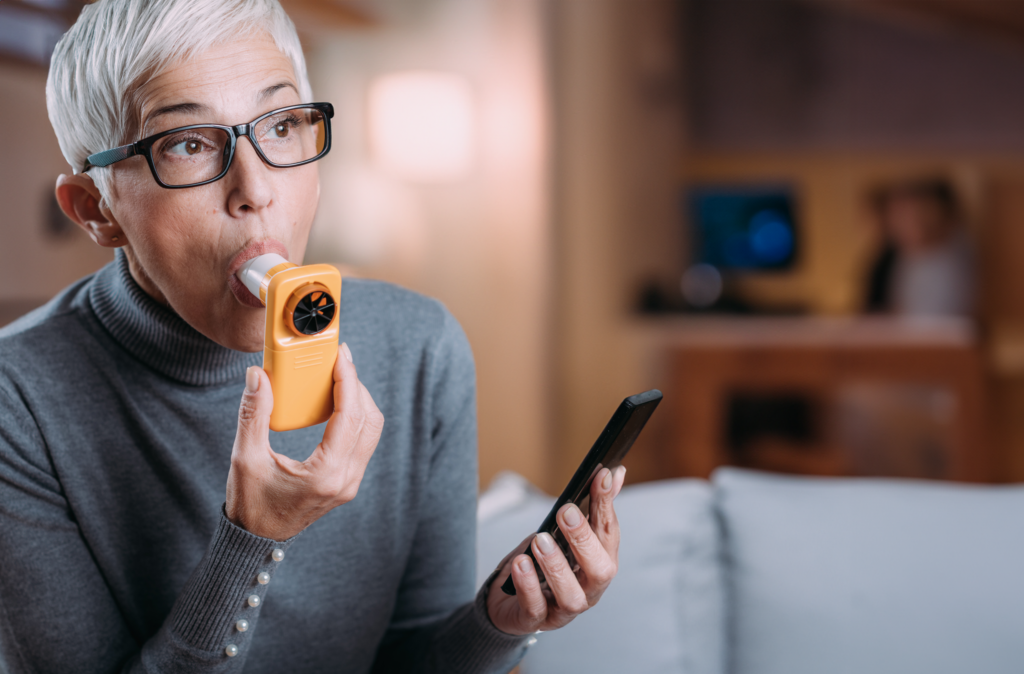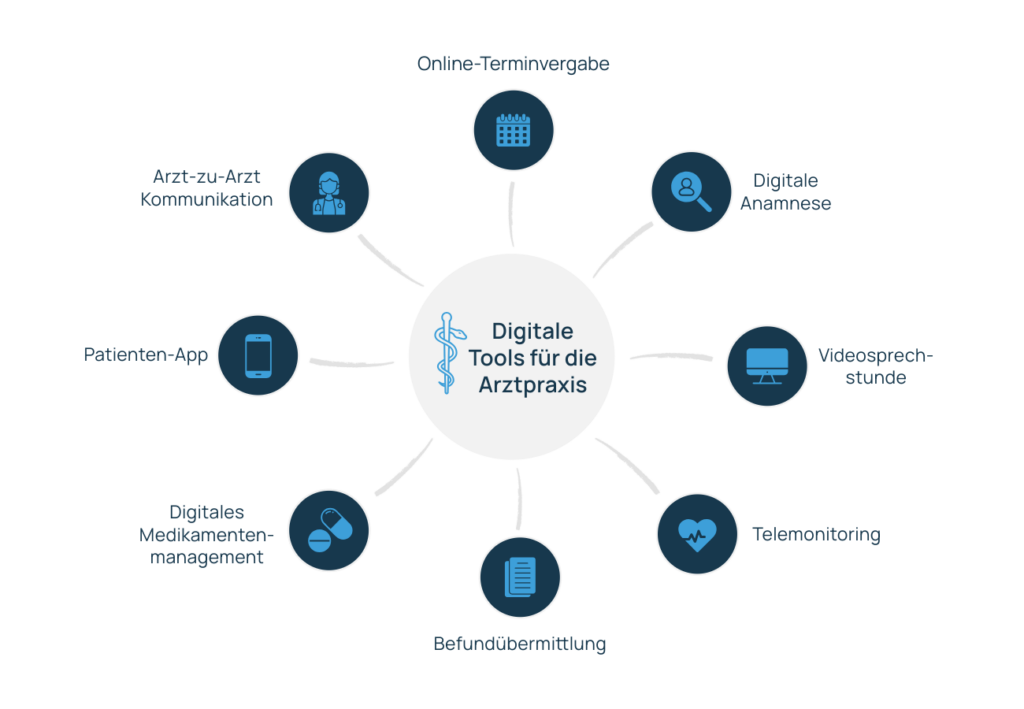Digital doctor's surgery: 4 compelling reasons in favour of video consultations
Telemedicine is finding its way into German doctors' surgeries: More and more doctors are offering their patients video consultations. What are the reasons behind this development?

Here are the 4 most convincing reasons in favour of offering video consultations in medical care:
Patients appreciate the advantages of video consultations
With video consultations, medical practices offer their patients a modern form of care in addition to face-to-face appointments. Patients appreciate the convenience and time savings that video consultations offer. According to a recent Digital health study (2024) by Ernst & Young, 86 % of respondents consider video consultations to be useful - especially in these cases:
- Issue prescriptions (53 %)
- Discuss laboratory results (49 %)
- Issue sick notes (42 %)
- minor illnesses (42 %)
Better care for patients with reduced mobility and in underserved areas
Video consultations enable doctors to improve medical care for patient groups that were previously difficult to reach. They offer barrier-free access for patients with limited mobility and improve care in rural or underserved areas. Patients who are temporarily unable to come to the practice, for example after surgery, also benefit from this service.
SaniQ Video+
The data-based video consultation for well-founded diagnoses and treatment decisions combines the advantages of video consultations and telemonitoring.


Optimise practice capacity utilisation
By integrating video consultations, medical practices can significantly improve efficiency and capacity utilisation.
Reduce idle times: Time slots that become free at short notice can be filled more easily with video consultations, as patients do not have to physically visit the practice.
Extended office hours: Video consultations make it possible to offer appointments outside of normal practice opening hours without the need for the entire practice staff to be present.
Reduce no-shows: As video consultations are often more convenient for patients, this can reduce the number of unattended appointments.
Efficient aftercare: Short follow-up appointments, sick notes or discussions of findings can be carried out via video to save time. This makes it possible to care for more patients per day without compromising the quality of care.
Tapping into new remuneration potential (without increased use of resources)
Since April 2017, doctors and psychotherapists have been able to bill video consultations via the standardised valuation scale. One Overview of all current GOPs in the EBM can be found on the website of the National Association of Statutory Health Insurance Physicians (PDF): https://www.kbv.de
These articles might be of interest to you:

Remote Patient Monitoring for COPD
When will Remote Patient Monitoring for COPD become an integral part of standard care? Initial studies were promising - now a study project funded by the G-BA is set to provide clarity. In this article, we shed light on the current state of research and show what a sensible implementation could look like.

Patient care: Digital tools for the medical practice
Digitalisation is putting traditional methods of healthcare provision to the test. While practice visits and personal contact are still important, digital technologies offer valuable support. Which digital tools can usefully supplement outpatient patient care?
